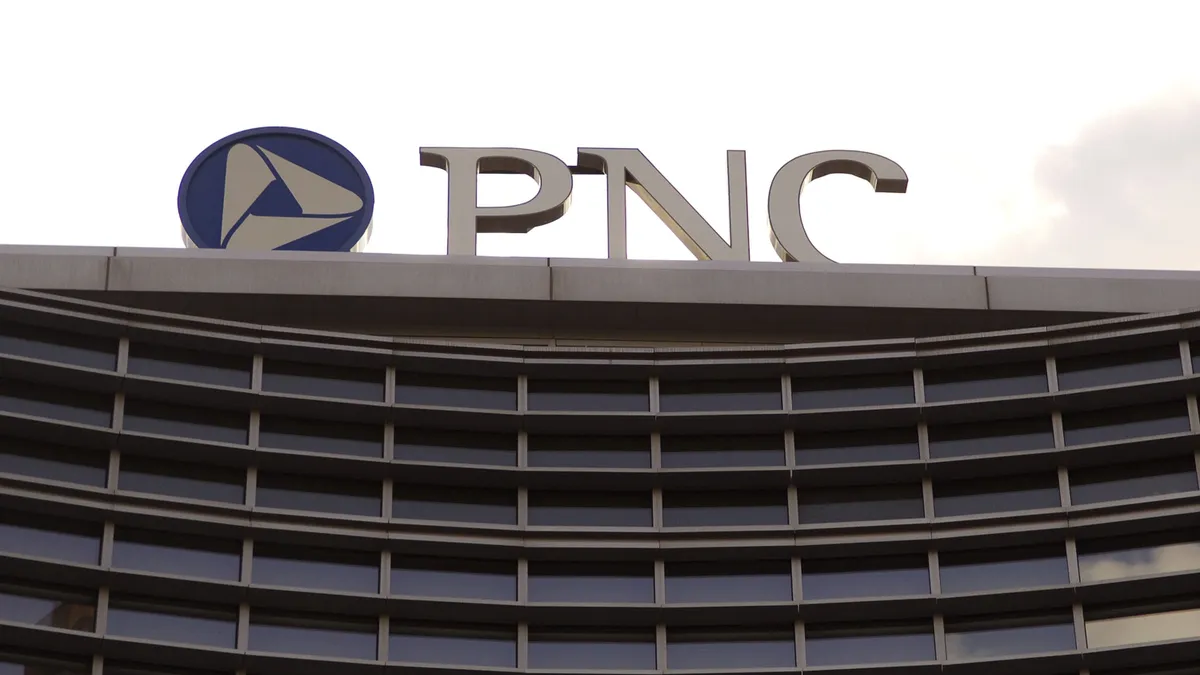As consumers beef up their rainy-day savings during tough economic times, banking and investing platform Stash is seeing an uptick in activity and sign-ups.
"People are really waking up in terms of their finances, and getting that time to reflect on what's important to them," said Sudev Balakrishnan, the fintech's head of product.
Stash, like other money management platforms, has experienced a surge of user activity during the pandemic. It now has more than 5 million accounts, including 1 million new accounts this year. And at $1.6 billion, the company's assets under management have increased 60% since the end of January, Balakrishnan said, attributing Stash's growth partly to the additional time customers have had to reflect on their financial goals.
The company's growth coincides with a shift in U.S. consumers' saving habits. Pandemic-affected consumers are setting aside considerably more of their incomes — 17.8%, according to a July report from the Bureau of Economic Analysis (BEA). That's more than double the 7.7% personal savings rate the BEA found a year earlier.
Stash launched in 2015 as a micro-investing app through which customers could start building portfolios with as little as $5. At first, it offered exchange-traded funds and fractional shares. It's since expanded to banking, digital personal finance management, retirement savings, custodial accounts and insurance products through partners. Stash partners with Green Dot to offer banking services.
Stash competes with challenger banks but doesn't position itself as one. For the fintech, banking is the underpinning of a personal finance platform that encompasses saving, investing and day-to-day spending management. Stash isn't the only outlet to combine investing with banking. Investing app Acorns added bank accounts two years ago; challenger bank MoneyLion offers fractional shares, and robo-advisers Betterment and Wealthfront launched checking accounts over the past two years.
Stash carries many characteristic features of digital challenger banks: customers can get paid two days early and benefit from a range of fee-free services, wrapped up in monthly subscription tiers of $1, $3 and $9. From the company's perspective, the checking account acts as the transactional glue that supports the complete personal finance toolkit — and represents the foundation to deepen customer relationships.
"As we looked at our customer base coming to us and starting that investing journey, some of them are brave enough to jump into the water, and then we looked at the other [customer] base that needed more, and it starts with managing the cash they have in their lives," Balakrishnan said.
Building a digital community
The pandemic didn't bring about a shift in strategy, but rather amplified Stash's focus on financial health, Balakrishnan said. The company pushed tailored messages to customers encouraging them to use budgeting features, including Auto-Stash, a tool that can set up recurring deposits.
The company saw a 40% increase in the number of customers depositing money through Auto-Stash between February and July, Balakrishnan said.
Stash also sought to build a digital community of users through weekly virtual fractional-share giveaways called Stock Parties. They operate alongside a transaction-based fractional share rewards program called Stock Back, Stash's analogue to cash-back rewards. The company launched regular Stock Parties in January, and participation has climbed to 14,000 customers in recent weeks.
For each Stock Party, once Stash announces the giveaway on Twitter, customers can log into their accounts and claim a free fractional share of a given stock. Users are encouraged to ask their friends to sign up and claim their fractional shares. The more customers participate, the bigger the collective reward. The goal of this type of activity is to build community and keep users engaged, Balakrishnan said.
"The Stock Back approach has a strong appeal to mass affluent investors who may otherwise not have the capability, know-how, or interest in buying and selling stocks," said Ashley Longabaugh, a senior analyst at Celent.
Fractional share rewards are a meaningful way to encourage activity among new users, she said, but it's only effective when paired with a personalized, goals-based planning component, an area Stash wants to fine-tune through its digital finance tools and advice.
Managing heightened expectations
Stash's banking customer numbers have grown two-and-a-half-fold in the past six months, Balakrishnan said, numbering 1.8 million at the end of July.
"Banking bridges that gap between managing your cash from your pay on a continuous basis to actually building long-term wealth," he said.
With incentives like early access to earned wages, Stash is building a foundation for deeper relationships over time by encouraging customers to route their direct deposits through its platform.
The company, which has raised $302.4 million and is valued at an estimated $800 million, generates revenue from transactions (interchange fees) and subscriptions. Despite rapid customer acquisition, its challenge over time will be to keep customers in its ecosystem and continue to grow revenue from those relationships, analysts said.
"The power lies in that user base, so there is an enormous amount of pressure, I would suspect, to monetize those clients," said Robert Norris, managing principal at Capco. "It's a competitive industry; however, they do differentiate, and the subscription piece is very easy for people to understand."
A path forward could be to build on the trust the company has built through customized offerings that suit client needs as they evolve, he said.
"It's about engaging the client, and additional services, and how they can increase the amount that is invested, or the amount that is banked with them," Norris said. "They are going to be focused on taking the majority of the wallet share."
For Stash, the heightened expectations that took root during the pandemic amplify its pitch to clients.
"The demands that customers have are going toward very user-centric models [including] easy access and control over their finances," Balakrishnan said. "They're going to come out of this with a much clearer view of what they want and how they want it."






















